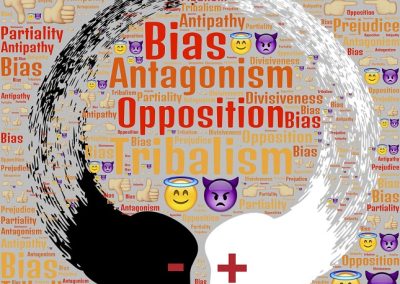In crisis management, we are used to consider the human factor from a ‘hard’ point of view, taking care of people physical health, safety, privacy, etc. One the lessons we can learn from Covid-19 is that its ‘soft’ side should always be in the radar.
Covid-19 pandemic is not over, but social and business life has restarted: schools have welcomed kids back and many employees are gradually back at their desks. Although many companies appreciated remote working to ensure business continuity during the lockdown, now they feel it’s time to execute the ‘Return to Office’ plans.
It isn’t about mere productivity. In most cases, employees can be as productive from remote as if they were in the office, so their physical location does not have much impact on business performance. The big difference lies in people satisfaction and motivation, and to some extent to the quality of their work.
Several surveys proved that working from home tends to be less motivating for most people, specifically when people have no choice in where they work, as it happened when sheltering in place due to Covid-19. That’s because we miss human relations, but behavioural psychologists also explain that remote workers tend to focus more on tactical work – that might not such engaging – rather than committing to solve bigger, newer problems.
Stop thinking creatively and limit to the bare minimum may become a real issue for companies, so they are encouraged to reopen with all necessary workplace sanitation, protection measures and contingency plans. But Covid-19 risks are still high and, while some people are keen to get back to the office, many others would prefer to continue working from home for reasons including health concerns, childcare and work-life balance, or even because they don’t feel 100% comfortable with the safety policy of their employers.
Is there a happy medium? Yes, of course. Lots of organisations have defined hybrid models, where employees and teams can balance in-office and remote work to satisfy both business priorities and personal preferences. Examples of these hybrid schedules include Eni, Tim, Pirelli, Leonardo, but also small and medium companies that had never considered remote work before Covid-19.
Return to Office plans – as well as guidelines for hybrid work – obviously need to define processes, rules, and procedures to help people quickly understand and manage the new scenario. Some degree of boundaries help, but don’t forget the psychological and emotional impact that such a change can have on people. In crisis management, we are used to consider the human factor from a ‘hard’ point of view, taking care of people physical health, safety, privacy, etc. One the lessons we can learn from Covid-19 is that its ‘soft’ side should always be in the radar.
The ‘soft’ human element is about emotions, mental health, post-traumatic stress disorders, toxic leadership, and more. While psychologists recommend companies to open dedicated hotlines and help desks, let’s recall the role of internal communication: it can be highly beneficial in building a serene workplace, improving engagement and generating trust even in stressful change times.




